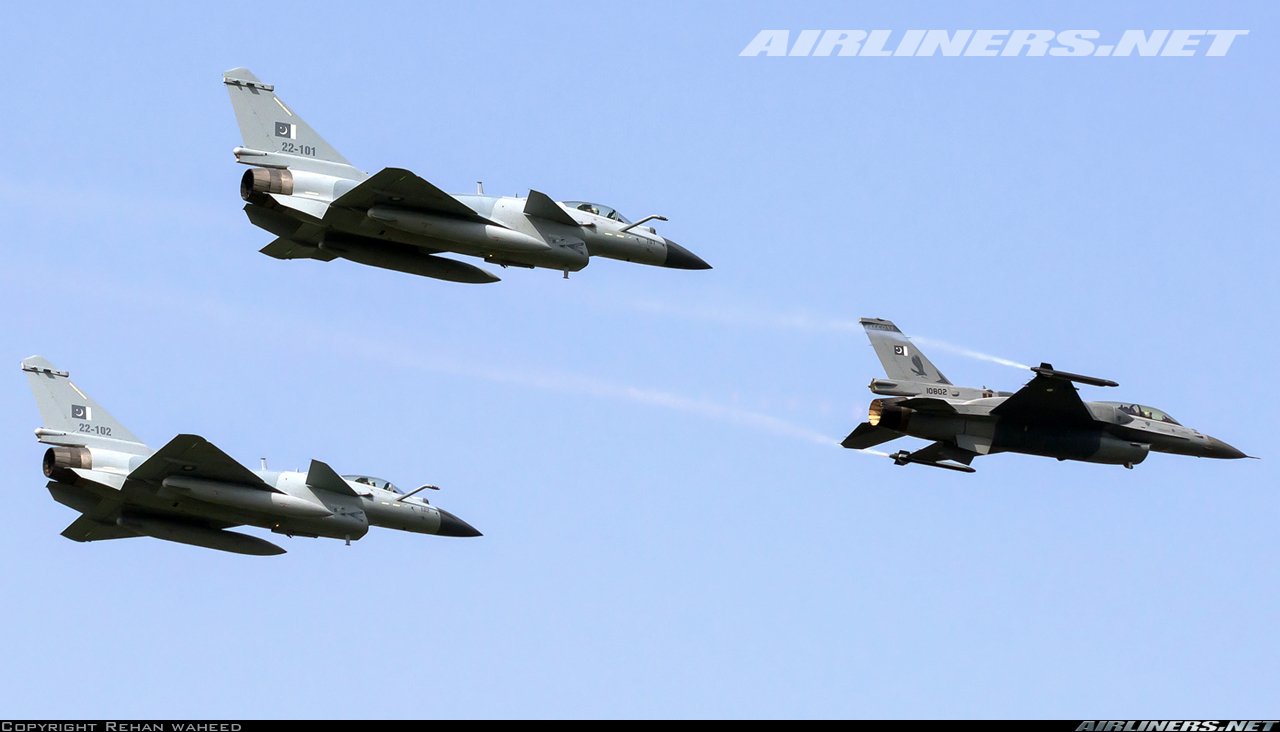F-16 Fighting Falcon (General Dynamics/Lockheed Martin)
- Téma indítója GrGLy
- Indítva
You are using an out of date browser. It may not display this or other websites correctly.
You should upgrade or use an alternative browser.
You should upgrade or use an alternative browser.
Érdekes utólagos javításnak tűnik ennek a görög gépnek a hátsó kabinteteje.


Érdekes utólagos javításnak tűnik ennek a görög gépnek a hátsó kabinteteje.

Vagy fordítva.
Cserélhették az elülsőt, a hátsót meg nem.
M
molnibalage
Guest
Ritka éles konfig, a Sivatagi Vihar végén, a közel 0 ellentevékenység és közeli reptérről üzemelés miatt belefért.
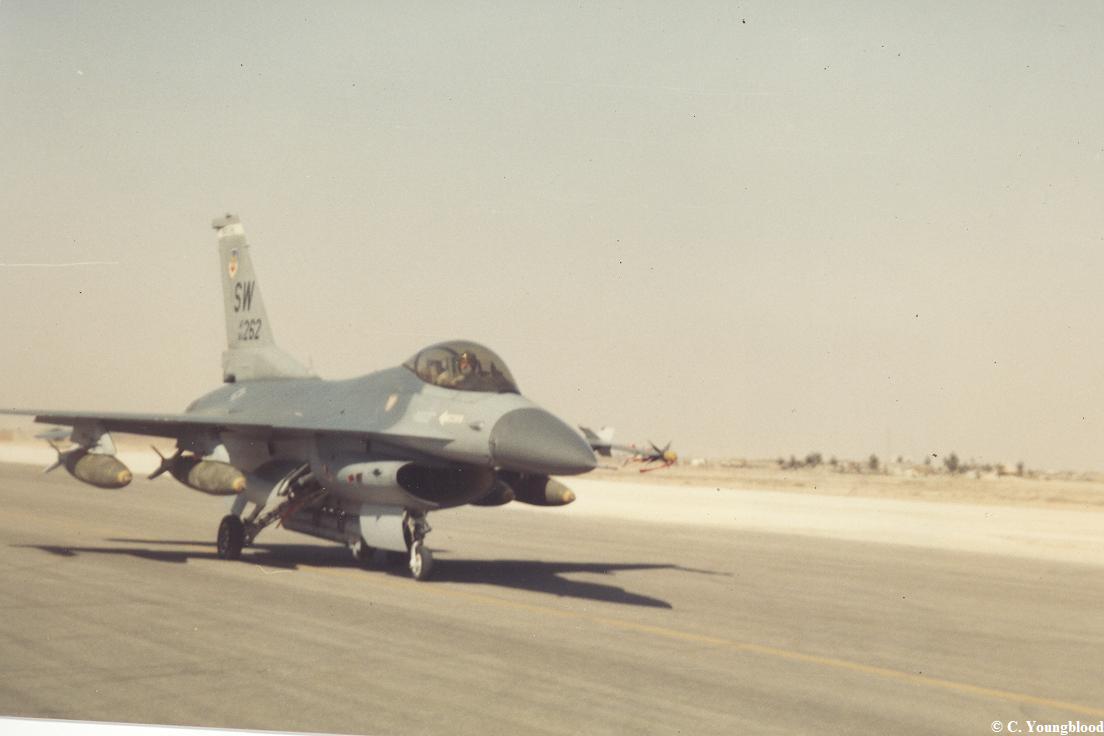

Annak idején az Italeri adott ki így 1/144-es makettet.Ritka éles konfig, a Sivatagi Vihar végén, a közel 0 ellentevékenység és közeli reptérről üzemelés miatt belefért.

Vagy rosszul emlékeztem, de mindegy.Annak idején az Italeri adott ki így 1/144-es makettet.
Ez viszont ugyanaz a konfig:
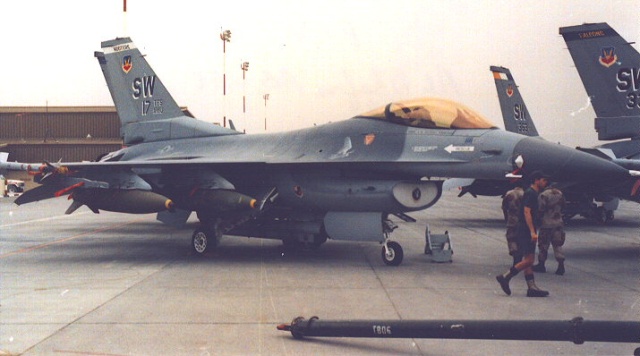
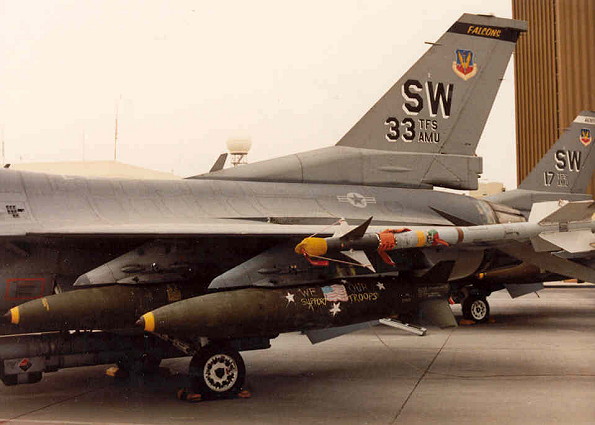
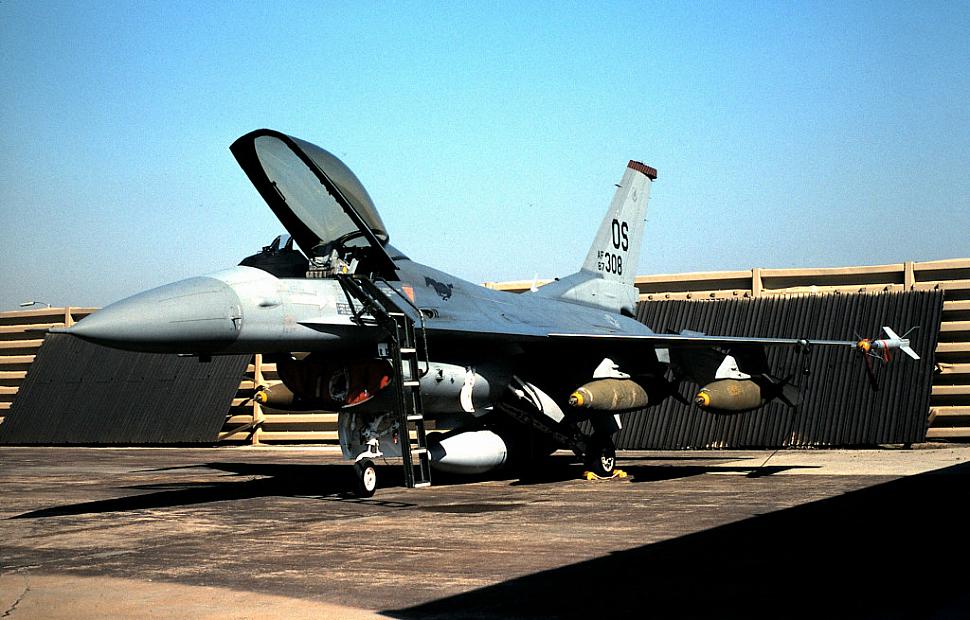
2022. május 11-én a 175. vadászszázad F-16C Fighting Falcon (88-0480) repülőgépe balesetet szenvedett a Sioux Falls-i repülőtéren (SD).
A Falcon túlfutott a repülőtér déli oldalán lévő 15-ös kifutópályán. Az incidens akkor történt, amikor a pilóta egy rutin kiképzési küldetésről tért vissza. A pilóta nem sérült meg. A baleset okát a Légi Nemzeti Gárda által meghatározott ideiglenes bizottság fogja kivizsgálni.


 www.airforcetimes.com
www.airforcetimes.com
A Falcon túlfutott a repülőtér déli oldalán lévő 15-ös kifutópályán. Az incidens akkor történt, amikor a pilóta egy rutin kiképzési küldetésről tért vissza. A pilóta nem sérült meg. A baleset okát a Légi Nemzeti Gárda által meghatározott ideiglenes bizottság fogja kivizsgálni.


F-16 jet breaks after sliding off runway; pilot safe
The jet’s landing gear appeared to have collapsed, and its nose separated from its body.
A hollandok befejezik az F-16-os kiképzést Floridában
A Holland Királyi Légierő a közelmúltban hajtotta végre az utolsó F-16 B-tanfolyam kiképzését a NAS Key West-en.
A kéthetes képzés a növendék pilóták víz feletti és különböző típusú repülőgépek elleni kiképzését foglalja magában...
A Holland Királyi Légierő a közelmúltban hajtotta végre az utolsó F-16 B-tanfolyam kiképzését a NAS Key West-en.
A kéthetes képzés a növendék pilóták víz feletti és különböző típusú repülőgépek elleni kiképzését foglalja magában...
Megnövelt orral, benne a Hornetek APG-65-ös radarjával.
Egész Szuhojos orra lett ígyMegnövelt orral, benne a Hornetek APG-65-ös radarjával.

Taiwanese F-16 jet crash lands at Honolulu airport with minor damage, no injuries
An F-16A fighter that belonged to Taiwan had a nose gear accident while landing at Honolulu’s airport on Jun. 6.
The tail number was 93-0817 and was assigned to the 21st Fighter Squadron in the United States where Taiwan had a training detachment at Luke Air Force Base. The jet was apparently being flown back to Taiwan to upgrade to the V standard. The pilot was aware of the nose landing gear failure and had used the barrier engagement to land the aircraft.

 www.newsweek.com
www.newsweek.com
An F-16A fighter that belonged to Taiwan had a nose gear accident while landing at Honolulu’s airport on Jun. 6.
The tail number was 93-0817 and was assigned to the 21st Fighter Squadron in the United States where Taiwan had a training detachment at Luke Air Force Base. The jet was apparently being flown back to Taiwan to upgrade to the V standard. The pilot was aware of the nose landing gear failure and had used the barrier engagement to land the aircraft.

Military Jet Incident in Hawaii Points to U.S.-Taiwan Cooperation
A fighter jet identified as belonging to Taiwan's air force, although it lacked insignia, suffered a "hard landing" at Honolulu airport on Monday afternoon.
K
kamm
Guest
/cloudfront-us-east-2.images.arcpublishing.com/reuters/H26KCHOYDZM2NCKOX6SPQOSGFQ.jpg)
Lockheed expects to begin deliveries of F-16 combat jets in 2024 (June 8)
Lockheed Martin Corp expects to produce its new-build F-16 fighter jets next year and commence deliveries in 2024, its chief financial officer Jesus Malave said on Wednesday.
"...In 1990-91, an early F-16B Block 15 at Edwards had a PW229 installed for flight test. The forward engine mount had not been beefed up for the increased weight of the PW229, restricting the aircraft to a 7.5 G load factor.
This aircraft was a beast. During low altitude high Q performance testing at 500 ft above sea level on the range west of Pt. Mugu, the test pilot could not hold the 800 KCAS Max AB Test point, with the aircraft continuing to accelerate even while pulling to the 7.5 G limit..."
This aircraft was a beast. During low altitude high Q performance testing at 500 ft above sea level on the range west of Pt. Mugu, the test pilot could not hold the 800 KCAS Max AB Test point, with the aircraft continuing to accelerate even while pulling to the 7.5 G limit..."
M
molnibalage
Guest
Ebben olyan nagy meglepi nincs. Ez az F-16A és 5000 lábon."...In 1990-91, an early F-16B Block 15 at Edwards had a PW229 installed for flight test. The forward engine mount had not been beefed up for the increased weight of the PW229, restricting the aircraft to a 7.5 G load factor.
This aircraft was a beast. During low altitude high Q performance testing at 500 ft above sea level on the range west of Pt. Mugu, the test pilot could not hold the 800 KCAS Max AB Test point, with the aircraft continuing to accelerate even while pulling to the 7.5 G limit..."
800 KCAS 500 lábon az M1.2
A Ps = 0 M1.2-nél 50% keró és 2xAIM-9-cel 7G-s vonalon van. 5000 méteren.
Szóval, ha engem kérdezel, ezt az eredeti F-16A is tudta...
Persze azért kérdés, hogy akkor hány fok volt és mivel Edwards eleve 2100 ft magasságon van, akkor ez már 3000 közeli.
De lényeg a lényeg, ez nem ordító eltérés az alap A-hoz képest. Igen, tudom, a B nehezebb és nagyobb légellenállása is.

Ha az ember riadt már fel éjszaka álmából, hogy miért nem követte a szárnyfelület az F-16-os tömegnövekedését, vagy, hogy a japán Mitsubishi F-2-esnek miért voltak (és vannak) strukturális prblémái a szárnyaival, mi volt az eredeti design koncepció a GD-nél az F-16 Agile Falcon esetében, akkor itt van egy jó kis diskurzus a témában, még 2007-ből datálható topik kezdéssel:
View topic - Why the small wing? • F-16.net
Military aviation forum since 2003, with high quality discussion focusing on the F-16, F-35 and F-22 jet fighters and the C-130.
www.f-16.net


